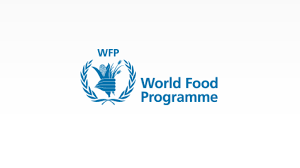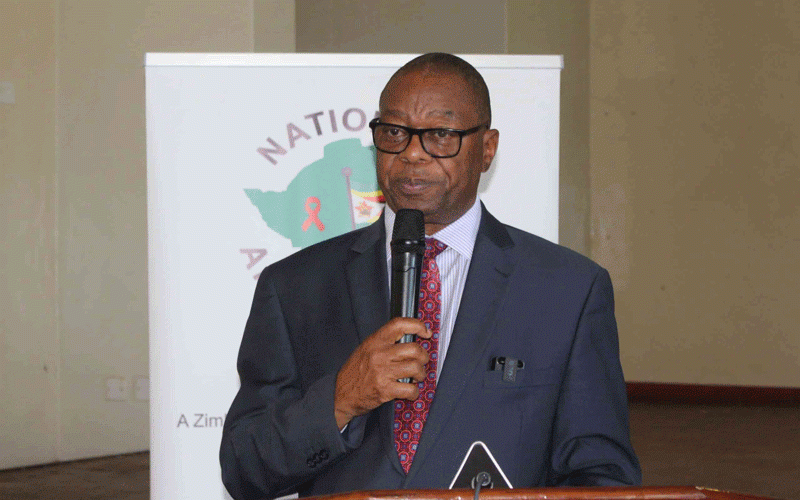
A WORLD Food Programme (WFP) report has painted a dire picture of the country’s food security situation going into 2025 as the devastating effects of climate change hit the country.
Zimbabwe is experiencing a historic El Niño-induced drought that compromised most of the crops in the 2023-2024 farming season, leaving over five million citizens in urgent need of food aid.
President Emmerson Mnangagwa declared the drought a national disaster and appealed for US$3 billion to alleviate the crisis.
Weather forecasters had predicted normal to below rainfalls at the start of the rainy season, but rains received so far have left farmers fearing another drought.
In its Food Security and Markets Monitoring Report, the WFP said this has exacerbated an already precarious food security situation in the country.
“Zimbabwe is experiencing a delayed onset of rainfall, with most areas receiving below-average rain to date,” the WFP said.
“The WFP Hunger Map Live continues to show a high food insecurity situation in the country, with about 36% or approximately 5,7 million of the rural population facing insufficient food consumption and 70% engaged in crisis and above coping strategies in November 2024.”
The WFP also noted a decline in the availability of maize grain on the formal market as compared to other food commodities.
- Mr President, you missed the opportunity to be the veritable voice of conscience
- ED to commission new-look border post
- Zanu PF ready for congress
- EU slams Zim over delayed reforms
Keep Reading
“Maize grain continues to be unavailable on the monitored markets while unrefined maize meal was available in an average of 95% of the rural and urban markets,” the report read.
“Other food commodities monitored were generally available in most markets except for chicken, eggs, and vegetables in formal rural markets as these are mainly sold at household level.”
The WFP stressed that the situation is also worsened by the high food prices and currency distortions as the Zimbabwe Gold currency is on a free-fall.
Economist Chenayi Moyo said there was a need for implementation of economic strategies, which can help in addressing food insecurities in the country.
“There is a need to address the debt crisis so that resources are not diverted towards paying off arrears but towards productivity,” Moyo said.
The UN and some of its partners are working with the Zimbabwean government to provide aid to civilians.
However, these teams require more funding, as the US$429 million flash appeal which was launched in May and aims to provide aid over three million people, is only about 11% funded.










